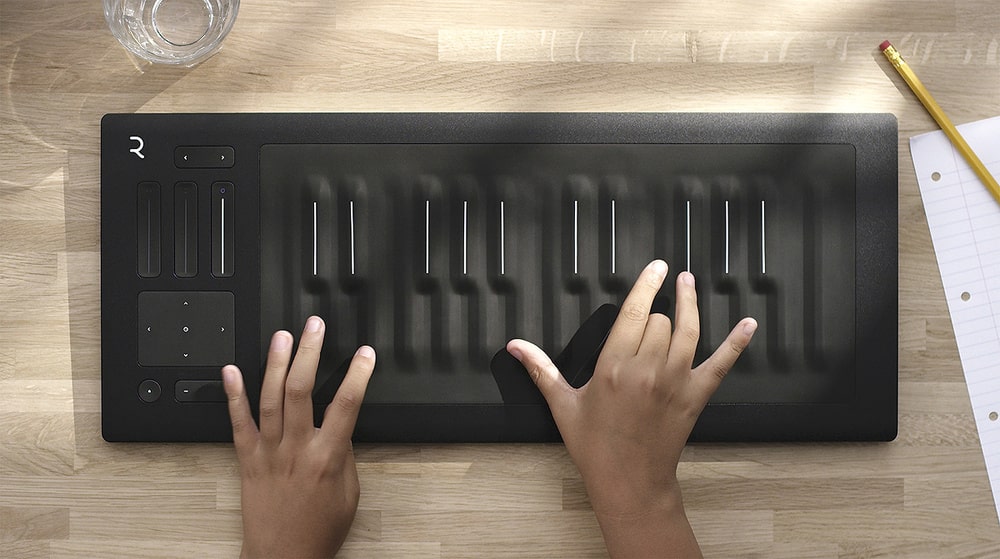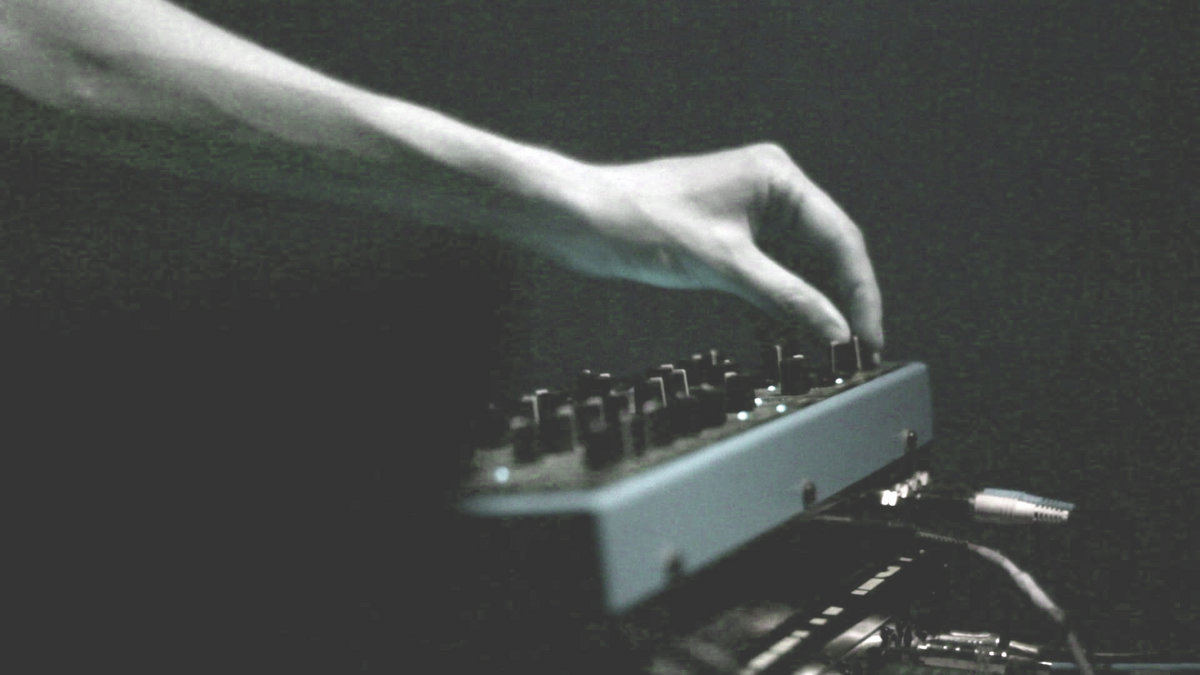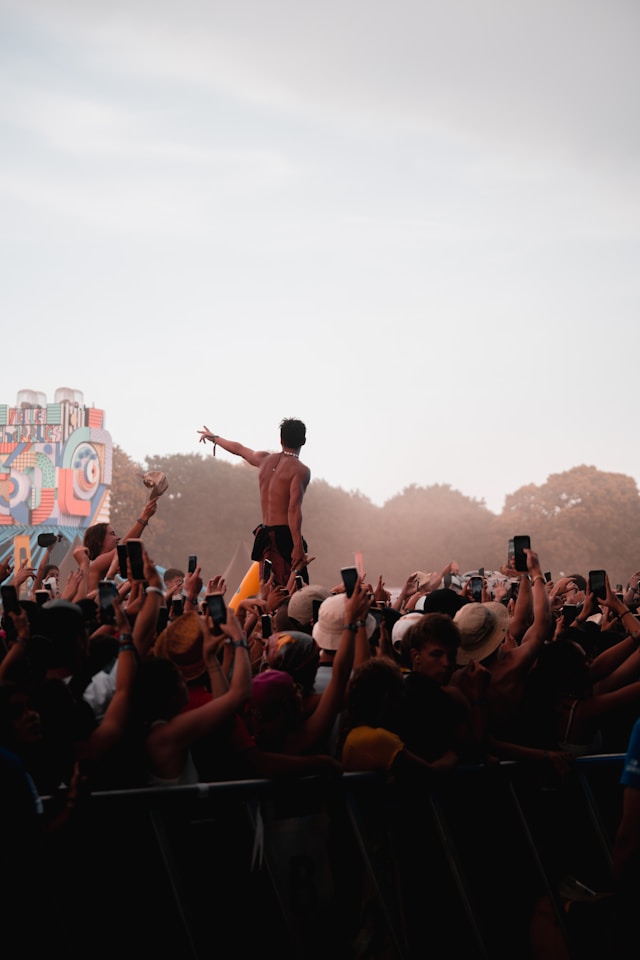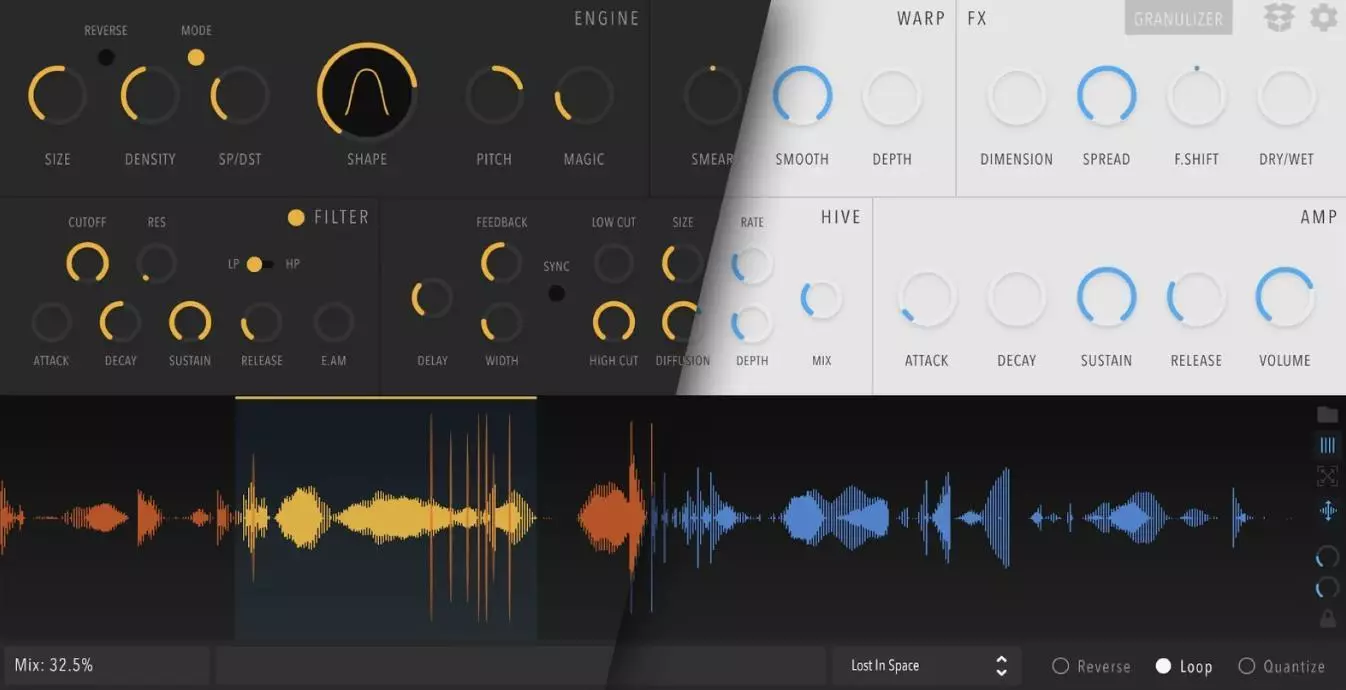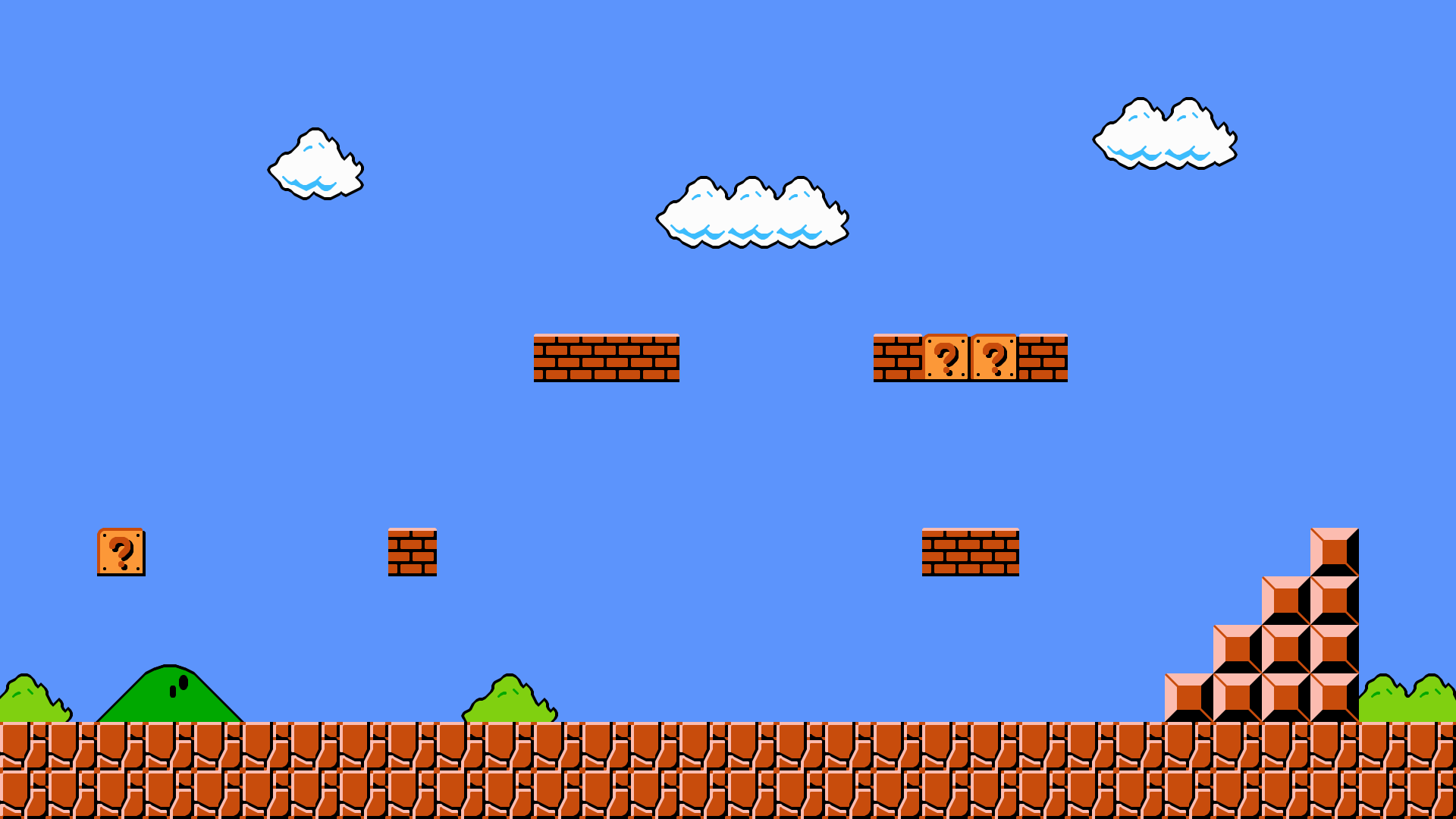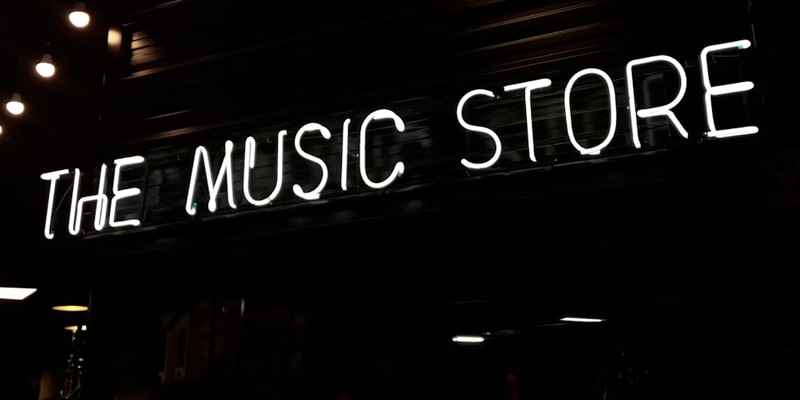ROLI Seaboard is a musical controller in the form of a keyboard, created by the British music technology company ROLI. When it appeared in 2009, it drew major attention in the music world as a truly new kind of musical instrument. The Seaboard uses a continuous, flexible rubber surface with sensors instead of traditional moving keys.
The Seaboard’s creator, Roland Lamb, aimed to design a digital instrument that would combine the expressiveness of an acoustic one with the adaptability of digital technology. He was inspired by ocean waves — “continuous yet divided into peaks and troughs.” The Seaboard allows performers to play individual notes while also exploring the space between them.
The Core Principle: MIDI Polyphonic Expression (MPE)
The key feature that gives the Seaboard its high expressivity is its support for MIDI Polyphonic Expression (MPE).
MPE is a MIDI protocol that uses standard MIDI messages to perform functions impossible with traditional MIDI. It enables polyphonic expression — automation for each individual note rather than an entire MIDI channel.
Difference Between MPE and Standard MIDI:
- Standard MIDI: Traditional synthesizers (like Yamaha MODX) send simple note-on/note-off messages. If you play a chord and use pitch bend, it affects all notes at once, because they’re transmitted through a single MIDI channel.
- MPE (Seaboard): Each note is assigned to its own MIDI channel (up to 16 per port). This means every note can have its own modulation, pitch bend, or other effect. For example, you can hold a bass note with your left hand and manipulate melodies with your right hand without altering the bass.
The limitation of MPE is its 16-voice polyphony (one per MIDI channel), but this is rarely a problem in modern DAWs, where multiple MIDI streams can be layered.
ROLI’s Five Dimensions of Touch (5D Technology)
ROLI refers to the Seaboard’s sensitivity system as “5D Touch.” These five dimensions allow for expressive gestures impossible on standard keyboards.
The Five Dimensions of Touch:
- Strike: Measures how hard or softly you hit a note — controlling attack and dynamics.
- Press: Continuous pressure after the initial strike (polyphonic aftertouch). Unlike standard aftertouch, Seaboard constantly tracks pressure to modulate sustain or tone.
- Glide: Horizontal finger movement along a key, functioning like pitch bend — for smooth transitions or vibrato.
- Slide: Vertical movement (front-to-back) controlling parameters like filter cutoff or timbre.
- Lift: Measures how quickly a finger leaves the surface (release velocity), shaping note endings or triggering new effects.
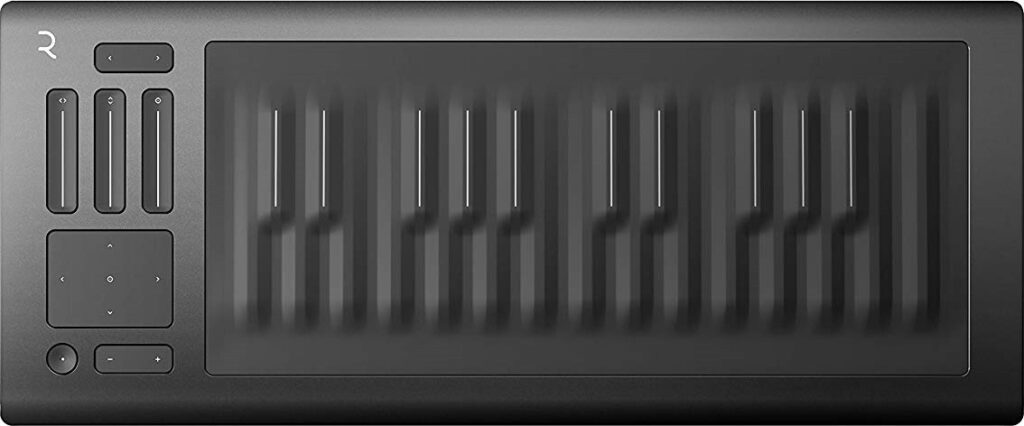
Models and Hardware Features
ROLI Seaboard comes in several models:
- BLOCK (24 mini-keys): The smallest and most affordable model in ROLI’s modular Blocks line. It connects magnetically with other ROLI devices and functions as a compact MPE MIDI controller.
- RISE (25 or 49 keys): A soft, rubberized key surface with no moving parts and a black aluminum body. Includes an XY touchpad and touch sliders for Press, Glide, and Slide control.
- GRAND Stage (88 keys): A limited-edition plug-and-play controller and synthesizer with a built-in sound engine.
ROLI Seaboard RISE 2: The Evolution of the Controller
The updated RISE 2 keeps a minimalist aesthetic but features a burnished blue anodized aluminum chassis.
Its major innovation is the redesigned Keywave 2 surface with precision frets — subtle vertical ridges added in response to player feedback. They help performers locate note centers more accurately without hindering glides or pitch bends.

RISE 2 uses a USB-C port for power and data and supports wireless MIDI over Bluetooth. It has a built-in battery offering up to eight hours of use after three hours of charging.
Software and Ecosystem
The Seaboard comes bundled with a software suite built to maximize MPE potential:
- Equator (Equator 2): ROLI’s flagship MPE synth with over 1,400 presets, half optimized for MPE. It enables sound design that reacts to all five dimensions of touch and is considered a gold standard among MPE instruments.
- ROLI Studio Production Suite: Includes Equator 2, Strobe 2, Cipher 2, and the ROLI Studio Player interface with hundreds of MPE-ready sounds.
- ROLI Dashboard: Utility software for firmware updates and fine-tuning controller sensitivity for each dimension of touch.
- Ableton Live Lite: A DAW version bundled with the Seaboard that now supports MPE.
Seaboard integrates seamlessly with other software such as Ableton Live, GarageBand, and Kontakt.
Playing Experience and Reception
The Seaboard is a unique instrument that demands a new approach to playing. Critics note that it’s intuitive yet has a noticeable learning curve. Pianists may need to adjust their technique.
Playing Seaboard differs from a standard keyboard — not only must you hit notes correctly, but also control how hard you press, glide, or vibrate your fingers.
Those who master it gain a level of expression usually reserved for string or wind instruments, enabling crescendos, microtonal slides, and realistic articulations.
Notable Seaboard users include Hans Zimmer, Jordan Rudess of Dream Theater, and BT, among others.
